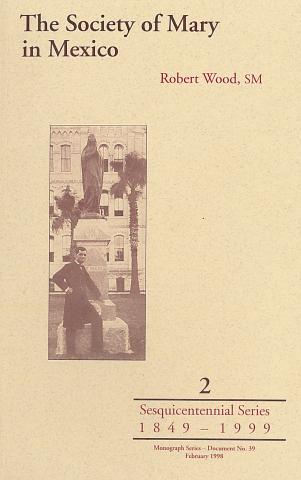by Robert Wood, SM
131 pgs.
Monograph #39
By the sesquicentennial year of 1999, Marianists from the United States had been associated with the work in Mexico for 30 of their 150 years, one-fifth of their history. Volume Two of the Sesquicentennial Series, The Society of Mary in Mexico by Robert Wood, SM, gives a brief overview of the diversity of works which have been developed from the two foundations of the Society of Mary in Mexico.
The first section, written in 1983, covers the years from 1904 to 1914 and the establishment of schools in Durango and in Hermosillo, Mexico. This implantation of the Marianist charism ended when the Mexican Revolution caused the eviction of all religious from Mexico in 1914.
Part Two was written by Brother Wood in 1994 as part of a general history of the Society of Mary requested by the General Chapter of 1991. The second implantation began in 1980 as he, Father Christian Janson, and Brother Gerald Sullivan took up an apostolic work in parish ministry in Coatzacoalcos, Mexico. In 1981 a second community was established to direct a school in Apaseo el Grande. Other chapters describe ministry with lay Marianist groups; the community at Saint Joseph Parish in Lomas de Capula, Mexico City; and the building of the novitiate in Querètaro.

